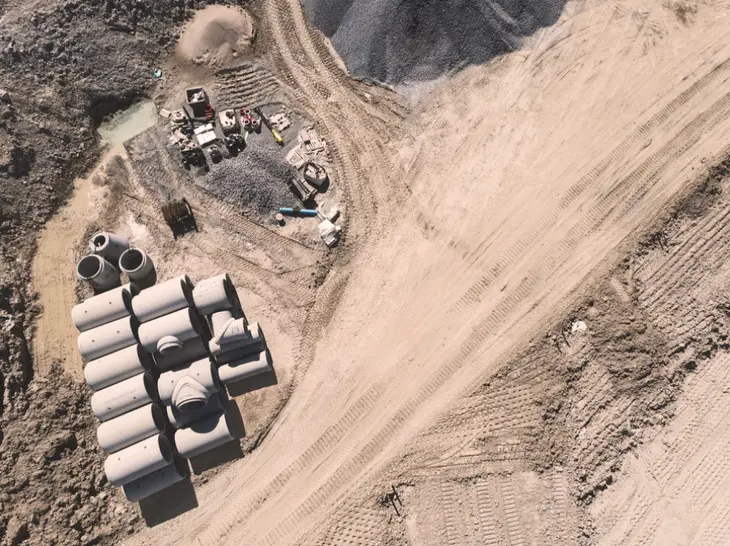
The Rise of Prefabricated Construction: Revolutionizing the Building Industry
- Admin
Prefabricated construction, once considered a niche approach, is now experiencing a surge in popularity as builders, developers, and architects recognize its numerous advantages. In this article, we explore the rise of prefabricated construction, its benefits, applications, and its transformative impact on the building industry.
1. Understanding Prefabricated Construction
Prefabricated construction, also known as off-site construction or modular construction, involves the fabrication of building components in a factory-controlled environment before transporting them to the construction site for assembly. These components, ranging from wall panels and floor systems to entire room modules, are manufactured with precision and efficiency, allowing for faster construction timelines and higher quality control compared to traditional on-site building methods.
2. Accelerated Construction Timelines
One of the primary advantages of prefabricated construction is its ability to significantly reduce construction timelines. By fabricating building components off-site concurrently with site preparation and foundation work, construction projects can be completed in a fraction of the time required for traditional construction methods. This accelerated timeline not only minimizes project delays but also allows for earlier occupancy, enabling developers to realize returns on investment more quickly.
3. Enhanced Quality Control
Prefabricated construction offers superior quality control compared to traditional on-site construction methods. In a factory-controlled environment, building components are manufactured to precise specifications using advanced technologies and quality assurance protocols. This standardized approach minimizes errors, defects, and material waste, resulting in higher quality finished products with fewer defects and rework. Additionally, prefabricated construction mitigates weather-related disruptions and on-site labor challenges, further enhancing project consistency and reliability.
4. Sustainable Practices
Prefabricated construction aligns with sustainable building practices by minimizing material waste, optimizing resource utilization, and reducing environmental impact. Factory-based manufacturing processes allow for efficient material usage and recycling, resulting in less construction waste sent to landfills. Additionally, the controlled environment of prefabrication facilities enables better energy efficiency and pollution control compared to traditional construction sites. Furthermore, the design flexibility of prefabricated components allows for the integration of energy-efficient features, such as insulation, HVAC systems, and renewable energy technologies, further enhancing the sustainability of prefabricated buildings.
5. Diverse Applications
Prefabricated construction is versatile and applicable across various building types and sectors, including residential, commercial, institutional, and industrial projects. From single-family homes and multifamily housing developments to office buildings, schools, and healthcare facilities, prefabricated construction can accommodate a wide range of design styles, functions, and project scopes. Additionally, prefabricated components can be customized to meet specific project requirements, offering architects and designers greater design flexibility and creative freedom.
Conclusion
The rise of prefabricated construction represents a paradigm shift in the building industry, offering faster construction timelines, enhanced quality control, sustainable practices, and diverse applications. As demand for efficient, cost-effective, and sustainable building solutions continues to grow, prefabricated construction is poised to play a central role in shaping the future of the built environment. By embracing prefabrication, builders, developers, and architects can realize the benefits of streamlined construction processes, improved project outcomes, and a more sustainable and resilient built environment.
